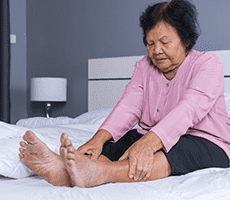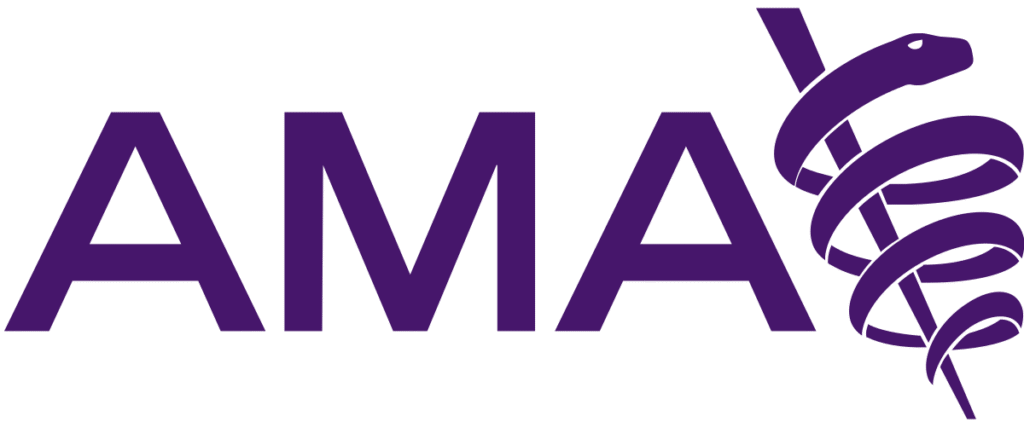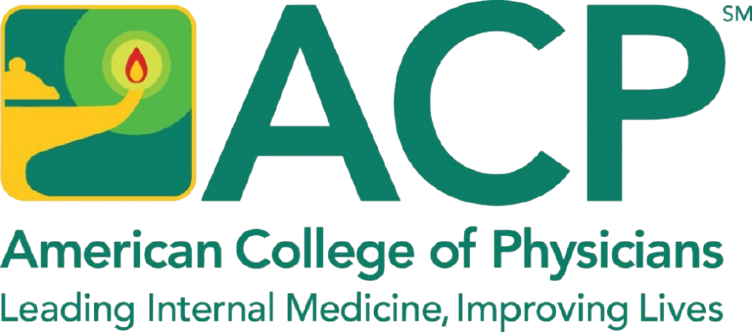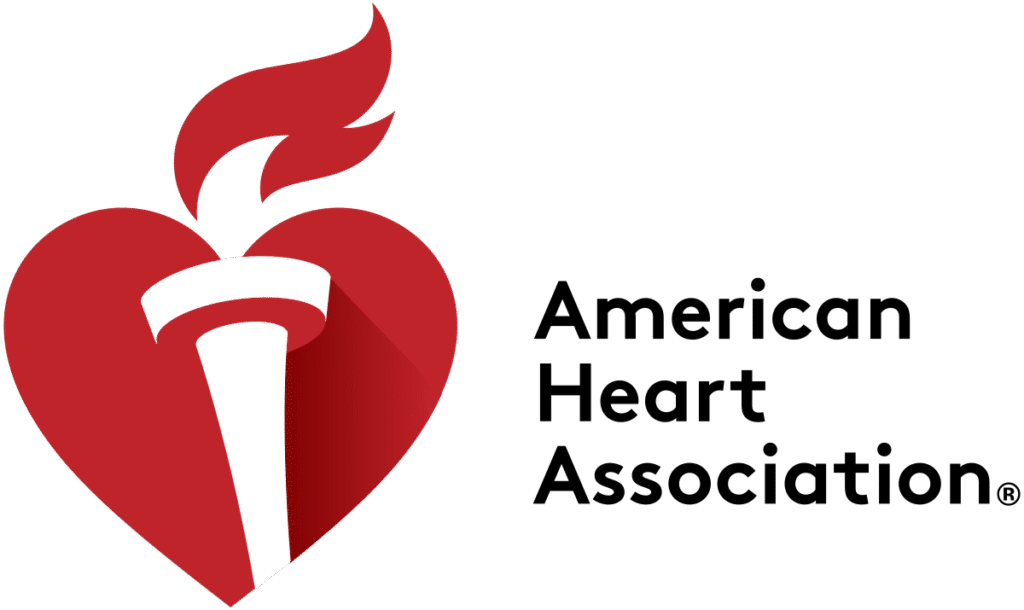Mon – Fri: 9:00 AM – 5:00 PM | Available Saturdays

If persistent numbness or tingling in your legs interferes with your mobility, you may have a condition that’s causing poor leg circulation. At Soffer Health Institute, with offices in Hollywood and Weston, Florida, board-certified cardiologist, Ariel Soffer, MD, FACC, offers comprehensive vein evaluations to determine the cause of poor leg circulation. The team customizes treatment plans that focus first on noninvasive treatments to improve blood circulation in the legs, and even offer convenient telemedicine visits to help evaluate your condition. If you have leg numbness, weakness, or difficulties walking, schedule a consultation online or call the office nearest you.
Poor circulation in your legs isn’t a condition in itself, but a side effect of an underlying health problem.
In a healthy body, your circulatory system sends blood filled with nutrients and oxygen throughout your body. The deoxygenated blood then returns to your lungs and heart to start the cycle over again.
Certain conditions that obstruct blood flow to and from your legs include:
Another common condition that leads to poor leg circulation includes peripheral artery disease (PAD). This circulatory problem causes the blood vessels in your legs to stiffen and narrow due to a buildup of plaque, reducing the efficiency of blood circulation.
When your blood can’t flow properly, you can experience symptoms in your legs and feet, such as:
As your condition worsens, your symptoms can intensify and interfere with your ability to walk and be physically active.
You may also develop spider or varicose veins. These conditions result when the valves in your veins don’t function properly and allow blood to flow backward and pool in the vein. In the case of varicose veins, you may notice areas of enlarged veins that can bulge beneath the surface of your skin and appear twisted or cause pain.
The medical team at Soffer Health Institute uses the latest diagnostic testing techniques to accurately determine the root cause of poor leg circulation. If you can’t make it into the office, you can also discuss your symptoms via a telemedicine appointment with the team.
While spider and varicose veins are easy to confirm during a physical exam, the physicians at Soffer Health Institute may perform imaging testing, like an ultrasound, to assess the severity of vein enlargement or to diagnose other circulatory problems.
In the early stages of many conditions that cause poor leg circulation, your provider at Soffer Health Institute may recommend special exercises and dietary changes to improve your blood circulation naturally. They also work with you to ensure conditions such as diabetes are well-controlled and may suggest compression socks to prevent blood clots and other complications.
When you have existing blood clots, you may need to take medications to relax the vessels and blood thinners to destroy the clot.
If you have painful varicose veins, the Soffer Health Institute team may recommend a minimally invasive procedure to destroy the vein. The blood reroutes to healthy veins nearby to enhance circulation.
If you have symptoms of poor leg circulation, schedule a vein evaluation without delay by calling the Soffer Health Institute office nearest you or requesting an appointment online today. Please note that during the coronavirus crisis, most televisits are 100% insurance covered with no copays.





